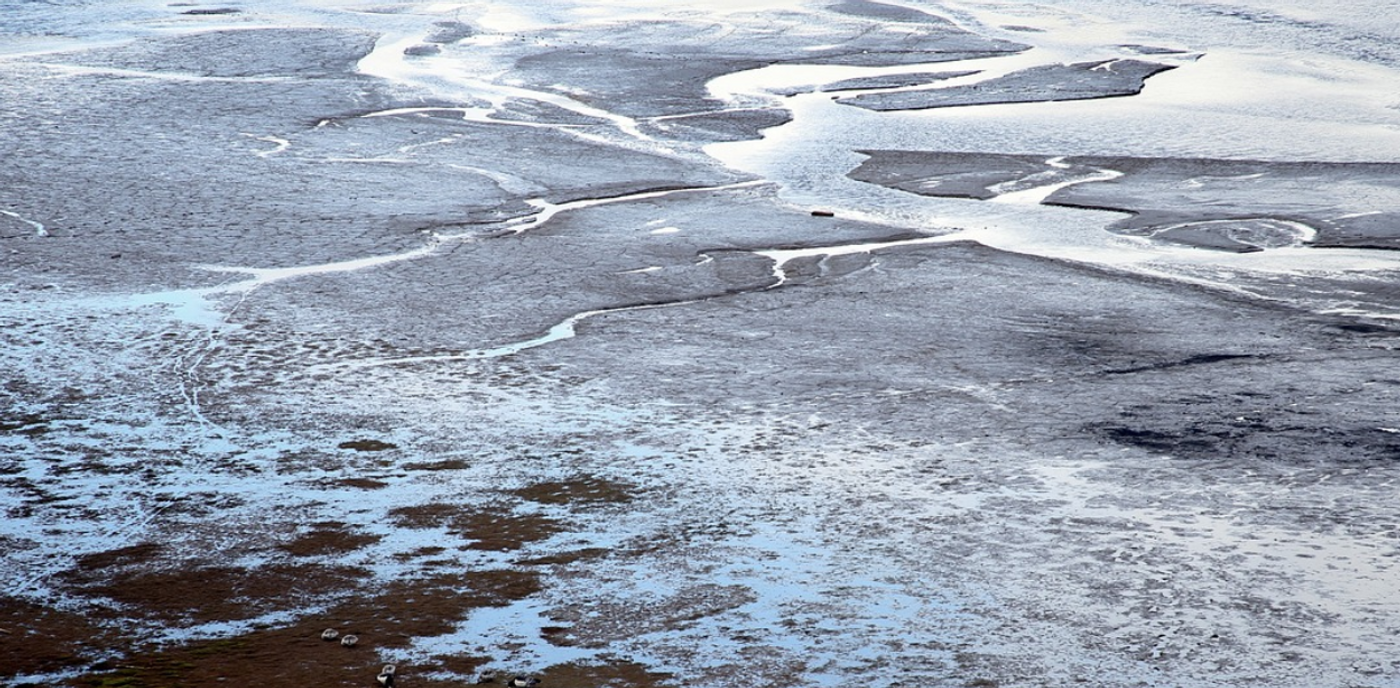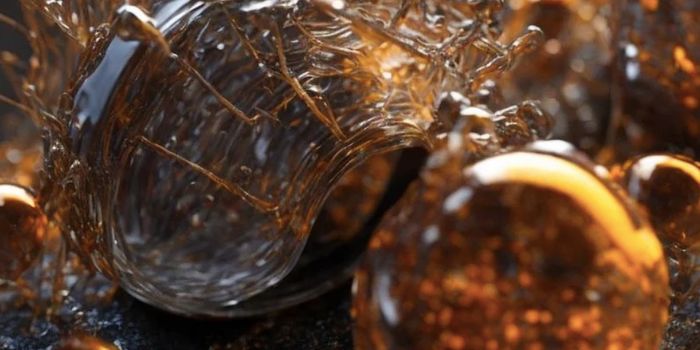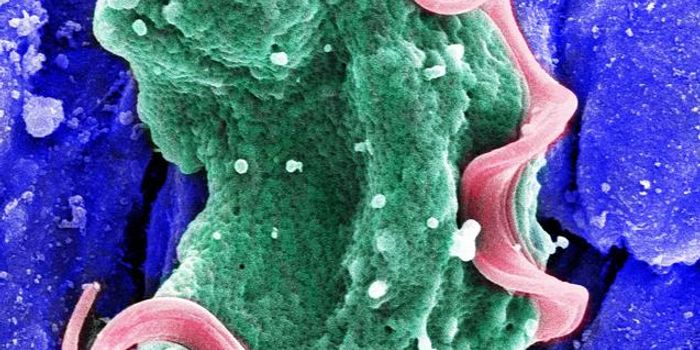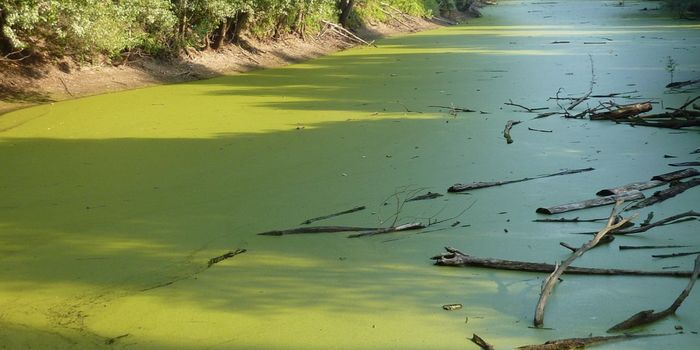48,500-Year-Old Virus Recovered From Permafrost Can Still Infect Cells
The planet is warming. While climate models may disagree a bit, there is consensus that during the 21st century, average temperatures on Earth will likely increase by at least 1.5 °C relative to averages from 1850 to 1900. In the Arctic, warming is even more pronounced. There are numerous consequences from this change that will affect many natural systems. Some we can already see. For example, there is plenty of evidence that permafrost is melting; bluffs and slopes are eroding, and the melting is affecting deeper levels of the frozen ground.
Underlying roughly one quarter of the Northern hemisphere is permanently frozen ground, known as permafrost. As permafrost melts, the organic matter within is exposed. This can include soil microbes like bacteria, archaea, protists, and fungi. Studies have shown that it's possible for some of those microbes to reawaken when they are thawed. Viruses also lurk in that permafrost, and in new research, scientists noted that few reports have investigated these viruses. The study authors added that there is a real chance that some of these viruses could still be infectious and may return to circulation. We also don't have an equivalent 'broad spectrum' drug that targets viruses like we do for bacteria. Thus, there might be some risk posed by these viruses.
While a few reports have identified viruses that are present in some humans that have been mummified or frozen in permafrost, luckily those studies have not tried to reanimate the viruses.
In 2014 and 2015, this research isolated viruses that can infect eukaryotic cells from 30,000-year-old permafrost. These investigators have now published a new study of ancient viruses that were recovered from permafrost. Four of the viruses came from radiocarbon dated samples, and one of them, called Pandoravius yedoma was from 48,500 years ago. Three other samples were from about 28,000 years ago. The findings have been reported in the journal Viruses.
All of these viruses, including the 48,500-year-old Pandoravirus, were able to infect amoeba cells in the laboratory.
The viruses that were studied in this work are very different from one another; they have different structures and appearances and different ways of replicating, for example. The study authors suggested that these diverse features indicate that the viruses are all capable of infecting other types of cells besides amoeba.
The scientists also noted that the work they are doing is likely far safer for laboratory personnel, and the rest of us, than studies that focus on so-called paleoviruses, which infected animals in more recent times, such as prehistoric horses, mammoths, or woolly rhinoceros. The Vector laboratory in Novosibirsk, Russia is actively pursuing such research.
The report added that as more permafrost thaws, more of these ancient viruses will be released. We don't yet know how long they might remain infectious when they are exposed to the air, whether any humans are likely to come into contact with those viruses, and if they will be able to infect people. As the risk is likely to increase, more research will be needed to assess the true nature of this potential threat.
Sources: IPCC 2022: Climate Change 2022, Viruses









